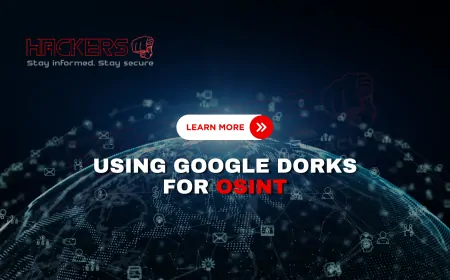Why Do Employees Still Click Phishing Links in 2025?
It is 8:47 a.m. on a busy Monday. Sarah, a senior accountant, is juggling three spreadsheets and a strong coffee. An email pops up: “Urgent: Approve Payment Before 9 AM or Face Penalty.” The sender looks like her CFO. The link says “Click to Verify.” She clicks. In 12 seconds, ransomware locks her department’s files. The company loses $1.8 million in recovery costs. This is not a hypothetical. It happened last month. And it will happen again tomorrow. Despite billions spent on training, AI filters, and awareness campaigns, **employees still click phishing links in 2025**. Why? The answer is not laziness or ignorance. It is human nature meeting cutting-edge deception. In this blog, we will uncover the real reasons behind these clicks. We will look at psychology, technology, and workplace pressure. Most importantly, we will show what actually works to stop it. No blame. Just solutions.

Table of Contents
- How Phishing Has Evolved in 2025
- The Human Factors: Why We Click
- AI-Powered Phishing: The New Normal
- Workplace Pressure and Cognitive Load
- Why Traditional Training Fails
- What Actually Works: Modern Solutions
- The Role of Technology in Prevention
- Future Trends in Phishing Defense
- Conclusion
How Phishing Has Evolved in 2025
Phishing is no longer a poorly written email from a prince in Nigeria. Today’s attacks are:
- Hyper-personalized: Using LinkedIn, company org charts, and leaked data.
- Multi-channel: Email, SMS, Slack, Teams, WhatsApp, and voice calls.
- AI-crafted: Grammar-perfect, tone-matched, and context-aware.
- Time-sensitive: “Act now or lose access” triggers panic.
- Brand-perfect: Cloned logos, domains, and email threads.
A 2025 Verizon DBIR report shows **82 percent of breaches involved a human element**, and phishing remains the top entry point. The clicks are not accidents. They are engineered.
The Human Factors: Why We Click
Humans are wired to trust. We evolved in small tribes where strangers were rare. In 2025, that instinct works against us. Key psychological triggers include:
- Authority bias: “My boss emailed me. I must obey.”
- Urgency: “Do this now or face consequences.”
- Reciprocity: “I helped you last week. Now help me.”
- Social proof: “Everyone else is doing it.”
- Curiosity: “What is this mysterious attachment?”
Even security-savvy employees click when tired, distracted, or under deadline pressure. The brain defaults to **System 1 thinking**: fast, emotional, and automatic.
| Psychological Trigger | Phishing Example | Success Rate Boost |
|---|---|---|
| Urgency | “Password expires in 10 minutes” | +300 percent |
| Authority | “CFO requests immediate wire” | +250 percent |
| Curiosity | “Your bonus details (PDF)” | +180 percent |
| Social Proof | “Team vote: Click to join” | +150 percent |
| Reciprocity | “I covered your shift. Return favor?” | +120 percent |
AI-Powered Phishing: The New Normal
Artificial intelligence has supercharged phishing. Tools like fraudGPT and WormGPT let anyone generate:
- Emails in the exact writing style of your CEO
- Deepfake voice messages that sound identical to a colleague
- Real-time chat responses during a live attack
- Fake login pages that adapt to user behavior
In 2025, **AI reduces phishing creation time from hours to seconds**. A single prompt can generate 100 personalized spear-phishing emails. Detection tools struggle because there is no “known bad” pattern. Every message is unique.
Workplace Pressure and Cognitive Load
Modern work is a pressure cooker. Employees juggle:
- 50 to 100 emails daily
- Slack pings every 6 minutes
- Deadlines, meetings, and performance reviews
- Hybrid work across time zones
Under cognitive overload, the brain skips caution. A 2025 Stanford study found **decision accuracy drops 40 percent when multitasking**. Phishing thrives in chaos.
Remote work adds risk. Employees use personal devices, home Wi-Fi, and forward work emails to Gmail. One click on a phone can bypass corporate filters.
Why Traditional Training Fails
Most companies run annual phishing simulations. Employees get a fake email. If they click, they see a “You failed” popup. Then they forget.
Problems with this approach:
- No context: Training happens in calm, not chaos.
- Punishment focus: Shame, not learning.
- One-size-fits-all: Ignores role-based risks.
- No follow-up: Behavior reverts in weeks.
Result? **Click rates in simulations: 3 to 5 percent. Real-world attacks: 15 to 30 percent.** Training is theater, not defense.
What Actually Works: Modern Solutions
Forget scare tactics. Focus on **behavior change** and **system support**. Proven methods include:
- Just-in-time warnings: Popups when hovering over links, not after clicking.
- Role-based microlearning: 2-minute videos tailored to finance, HR, or IT.
- Positive reinforcement: Reward safe reporting, not punish clicks.
- Phish reporting button: One-click to alert security team.
- Realistic simulations: Monthly, unannounced, with feedback.
- Manager involvement: Leaders model safe behavior.
Companies using these see **70 to 90 percent reduction in successful phishing** within a year.
The Role of Technology in Prevention
Technology must catch what humans miss. Top tools in 2025:
- AI email filters: Analyze sender behavior, not just content.
- Link isolation: Open links in secure browsers, not local machines.
- Zero-trust email: Verify every sender, even internal.
- Attachment sandboxing: Detonate files in the cloud.
- Behavioral analytics: Flag logins after phishing clicks.
No single tool is enough. Layer them like an onion.
Future Trends in Phishing Defense
The future is proactive, not reactive:
- AI coaches that whisper “Pause and check” in real time
- Biometric stress detection to block actions under duress
- Digital watermarking for all internal emails
- Automated incident playbooks triggered by phish reports
- Global phishing intelligence sharing
By 2030, clicking a phishing link may require **two-factor confirmation**, just like payments.
Conclusion
Employees click phishing links in 2025 because attackers are smarter, tools are sharper, and humans are still human. Blaming users fixes nothing. Building a **culture of safety** does.
Start with empathy. Reduce pressure. Reward vigilance. Use technology as a safety net, not a crutch. Train in context, not in isolation. Make reporting easy and shame-free.
Phishing will never disappear. But with the right approach, your organization can turn employees from the weakest link into the first line of defense.
The next click does not have to be a crisis. It can be a learning moment. And that starts with you.
Why do people still fall for phishing in 2025?
Because attacks exploit human psychology, urgency, and trust, not just technical flaws.
Has phishing gotten worse?
Yes. AI makes messages more convincing and personalized than ever.
Do phishing simulations work?
Only if frequent, realistic, and followed by positive coaching.
What is spear-phishing?
Targeted phishing using personal details about the victim.
Can AI stop all phishing?
No, but it reduces volume and flags high-risk messages.
Should I punish employees who click?
No. Punishment increases fear and under-reporting.
What is the best phishing reporting tool?
A one-click button in email that auto-forwards to security.
Do mobile users click more?
Yes. Smaller screens hide URL details and increase haste.
Can deepfakes be used in phishing?
Yes. Voice and video clones trick even cautious employees.
Is phishing only via email?
No. SMS, Slack, WhatsApp, and phone calls are common.
How often should we train staff?
Monthly micro-sessions beat annual marathons.
What is link isolation?
Opening links in a secure, remote browser, not on the user’s device.
Do executives get targeted more?
Yes. Whale phishing (or whaling) focuses on high-value targets.
Can I trust internal emails?
No. Compromised accounts send convincing internal phishing.
What is the cost of a successful phishing breach?
Average $4.5 million in 2025, per IBM Cost of a Data Breach Report.
Should we ban external email attachments?
Not fully, but route them through sandboxing first.
Does remote work increase phishing risk?
Yes. Fewer controls and more personal device use.
Can gamification reduce clicks?
Yes. Leaderboards and rewards encourage safe behavior.
Who is responsible for phishing prevention?
Everyone: security teams, managers, and employees.
Where can I get real phishing examples for training?
Use services like KnowBe4, Proofpoint, or build your own safely.
What's Your Reaction?












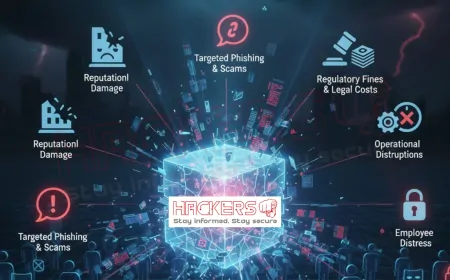










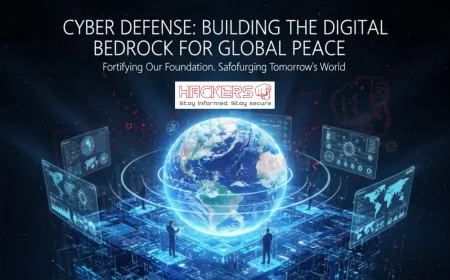

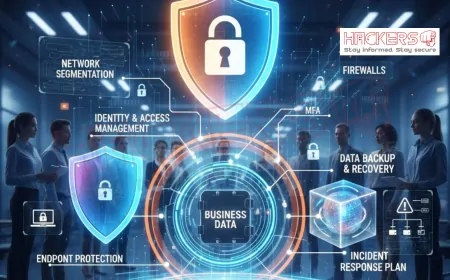
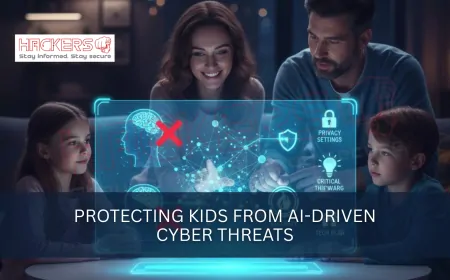
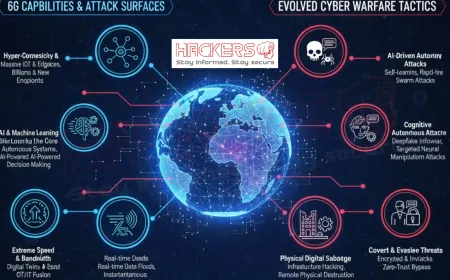

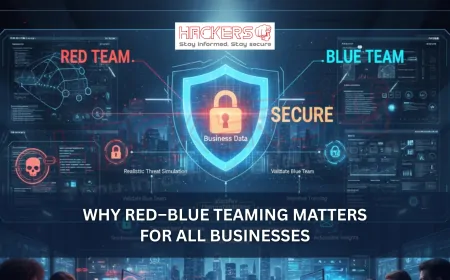

































![Most Dangerous Hacker In The World [2024]](https://www.hackers4u.com/uploads/images/202409/image_430x256_66daf50283149.webp)
